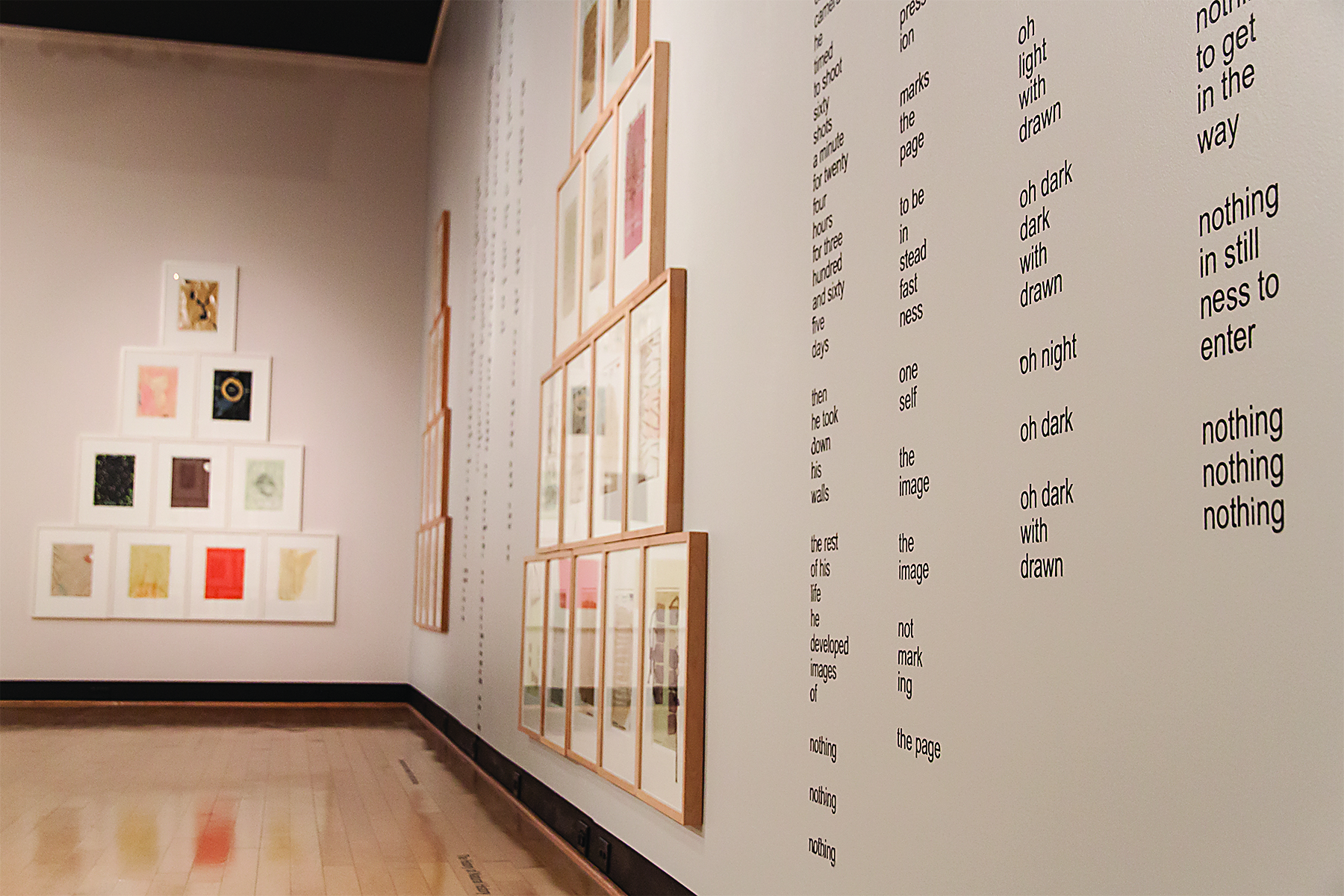Category: Stories In Focus
February 15, 2014
Stories In Focus
Coming Up: Bluegrass and Folk CAB Coffeehouse
This upcoming Tuesday in Java 101 the CAB Coffeehouse will feature a bluegrass-focused performance by students Abby Talone, Zach Kitchen,…
February 15, 2014
Stories In Focus
Creation Care House: Engaging in Environmental Stewardship
Designed as an effort to create more options for students to get involved in the act of environmental stewardship, the…
February 08, 2014
Stories In Focus
SPOT Preview: “There’s going to be a lot more laughing.”
As first years, Luke Ogden and John Carpenter dreamed of one day hosting SPOT together. As seniors, the pair will…
February 08, 2014
Stories In Focus
Recommended Reads: Gone Girl by Gillian Flynn
This summer I was introduced to the talented writings of Gillian Flynn, a contemporary writer, who has composed three novels,…
February 05, 2014
Stories In Focus
Athlete Profile: Stephany Ellison
Recent addition to the women’s basketball team, Stephany Ellison, brings both athletic skill and a competitive attitude to the court.…
February 01, 2014
Stories In Focus
Houghton in Context: Women in Academia
In 2008, for the first time ever, women earned more than 50 percent of awarded PhDs. Despite this shift in…
February 01, 2014
Stories In Focus
Sherlock Series Three Disappoints
After a two-year hiatus, Sherlock returned to television at the beginning of this year to the jubilant delight of thousands…
February 01, 2014
Stories In Focus
Secret of Mim
Mim Case is the reason that the Paine Center for Science has not yet imploded. By her title, she is…

January 25, 2014
Stories In Focus
Brothers Collaborate on New Gallery
This past Friday marked the opening of the Word / Image art show at the Ortlip Gallery, a creative collaboration…
January 25, 2014
Stories In Focus
Album Review: “Campfire” Rend Collective Experiment
Rend Collective Experiment, a worship band from Ireland, recorded their latest album around a campfire – an actual campfire. They…
